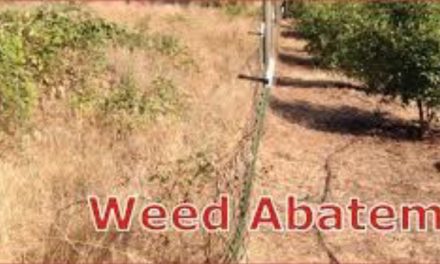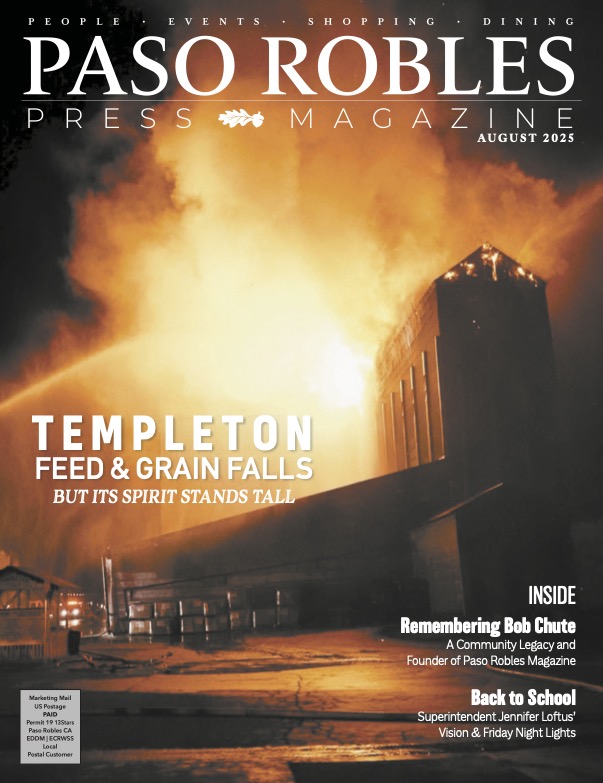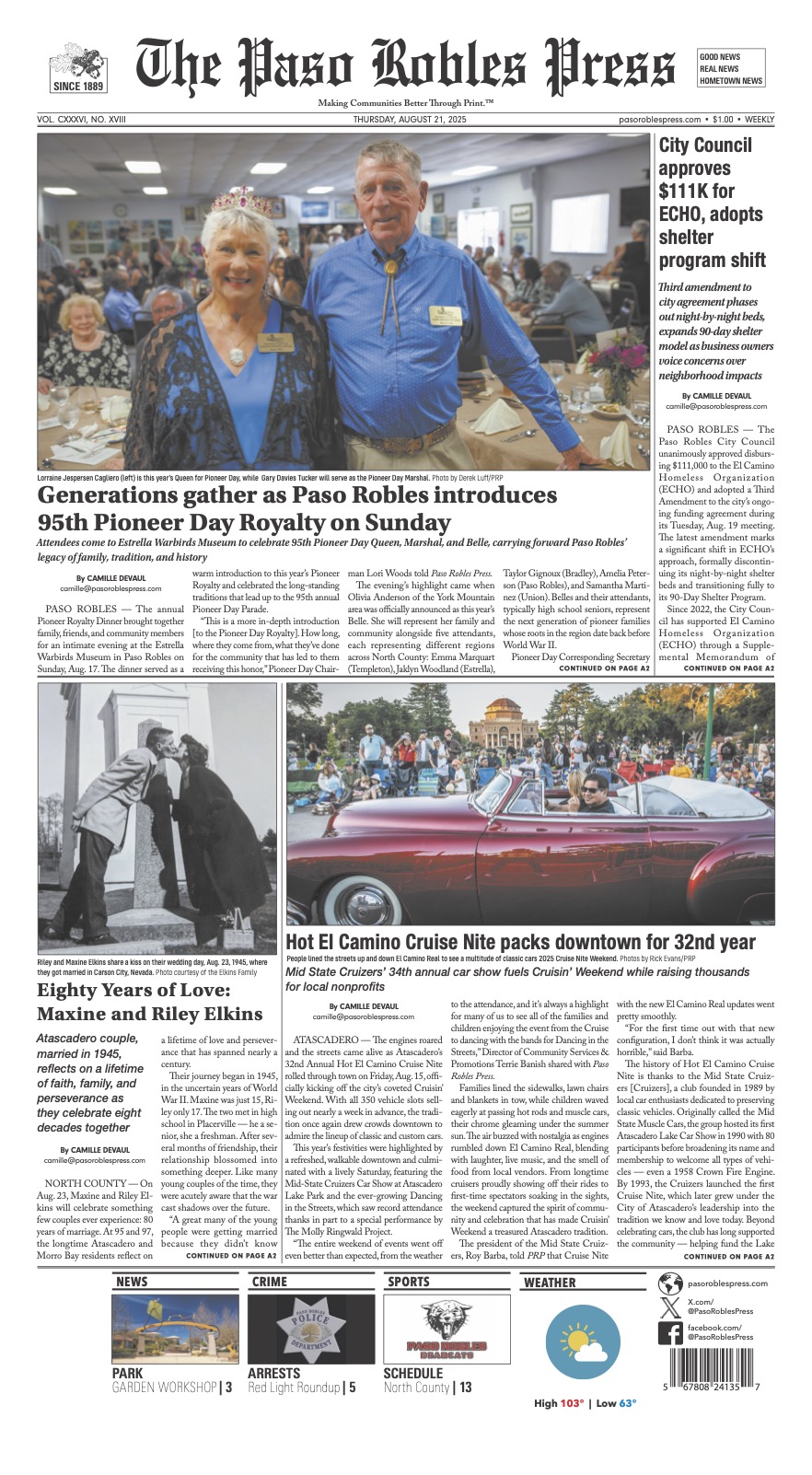Dr. Penny Borenstein and Wade Horton lead community in unprecedented time
California Governor Gavin Newsom signed an executive order on March 19 for Californians to stay home except for those deemed ‘essential’ in response to the COVID-19 outbreak. For the last 33 consecutive days, the people of California have looked to their leaders for instruction and direction.
In these unprecedented times, many people lead the community, from nurses and doctors risking their lives to fight the virus, employees of an essential business who show up every day to make sure the community has food and resources, as well as all the small businesses that have entirely changed their operating systems to serve the county and their neighbors. But no two people have had a greater impact or a greater weight to carry than County Health Officer Dr. Penny Borenstein and County Administrative Officer and Director of Emergency Services Wade Horton.
Together, Horton and Borenstein played a significant role in making decisions for SLO County — like sheltering at home and the closing of local businesses that have impacted every person in this community — and it’s not something that they have taken lightly.
“I can say it was the most difficult decision I have ever made in my life,” Horton told the Atascadero News and Paso Robles Press in an interview on Saturday. “And probably will be the most difficult decision I make in my life. I knew what the impact would be, or I thought I knew what the impact would be and making that decision, I am just trying to do the right thing for what we need. Every day I am making a lot of decisions, and every day I make those decisions based off of the information I have and how I can do right by the community. It is a very humbling spot to be in.”

Horton has served not only this county but also his country with 15 years of service in the reserves, including time overseas and was unanimously voted by the San Luis Obispo County Board of Supervisors to be the newest San Luis Obispo County Administrative Officer in November 2017. His counterpart Borenstein has a strong resume as well.
“I have a nearly 30-year career of doing this work,” Dr. Borenstein said, who has spent time working in public health all over the county, including working in Washington D.C. during the Anthrax outbreak of 2001 and working in Maryland during the times of Ebola and SARS.
“I am very much accustomed to the onset of a new disease or new situation that understandably causes great public concern, and I have been in the situation many times before having to help manage that concern with facts and our best understanding of the disease situation,” Borenstein stated. “Having said that, those situations and this one are very humbling. No manner of training or experience can prepare a public health position for a worst-case scenario because it is global in its scope, deep in its impact. As you have seen with this situation and many others, we learn more about the details of the specific germs, organisms; it’s manner of spread, it’s propensity to hit certain groups, the asymptomatic nature of it, so it is very humbling to be in a decision making position when you can’t have all the facts at hand.”

Borenstein declared San Luis Obispo County in a state of emergency on March 13 and, together with Horton, has continued to extend the order every 14 days as needed for the safety of our community at the expense of time with their loved ones.
“I am incredibly grateful for the support I have from my family, my wife, and four kids,” Horton said. “I don’t see them a lot. I can’t even remember. It’s been 44 or 45 days straight now working and making the best decisions that we can, and my wife has just been incredibly supportive.”
However, with so much uncertainty surrounding our future and our mortality becoming clearer seemingly with each passing minute, our most visible and most scrutinized leaders have still been able to find the specks of good amid a sea of so much darkness and fear.
“I think there is a lot of good that has come out of this,” Horton said. “I’m watching people that are rising to the occasion and performing in situations that they thought they probably couldn’t do. People that are put in positions, particularly some of our public servants, might have found themselves in public works and are now are handling a sheltering program or managing a logistics supply chain. There’s the outpouring of business that are changing their manufacturing to make PPE [personal protective equipment]. The distilleries that have changed their processes to make hand sanitizer, I am just so proud to be apart of the community.”
So far, through these nearly 50 days of quarantine, our community has shown time and time again that we are all in this together by helping one another out. Still, both Dr. Borenstein and Horton have begun to feel the community anxiety and urges everyone to continue working together.
“What I really want to say is that I hope that we can continue to [work together],” Dr. Borenstein said. “The anxiety and the totally understandable economic concerns, they are real, they are massive. I genuinely hope they will not lead us down a path of division and divisiveness. As we continue to come out of this, we need to have some continued measures of restrictions and mitigations that I would ask of our collective community not to start turning on each other at this time.”
The work of Borenstein and Horton, coupled with a potent response by the citizens, San Luis Obispo County continues to show some of the lowest and most promising COVID-19 numbers across the country by several metrics and the public unrest has begun to grow louder. Still, those complaints have not fallen on deaf ears.
“I know that people are hurting right now and are scared. They have done an outstanding job working as a community to bend the curve and we have bent it, and now that fear has transitioned into worrying about their loved ones getting sick too, ‘Hey, I need to get back to work,’ and we certainly understand that and we are doing everything we can right now in order to get people back to work, get kids back to school and get the faith community back in their places of worship, that is our focus. How do we do that safely, and how do we do that without creating another spike or another wave of this disease.”














